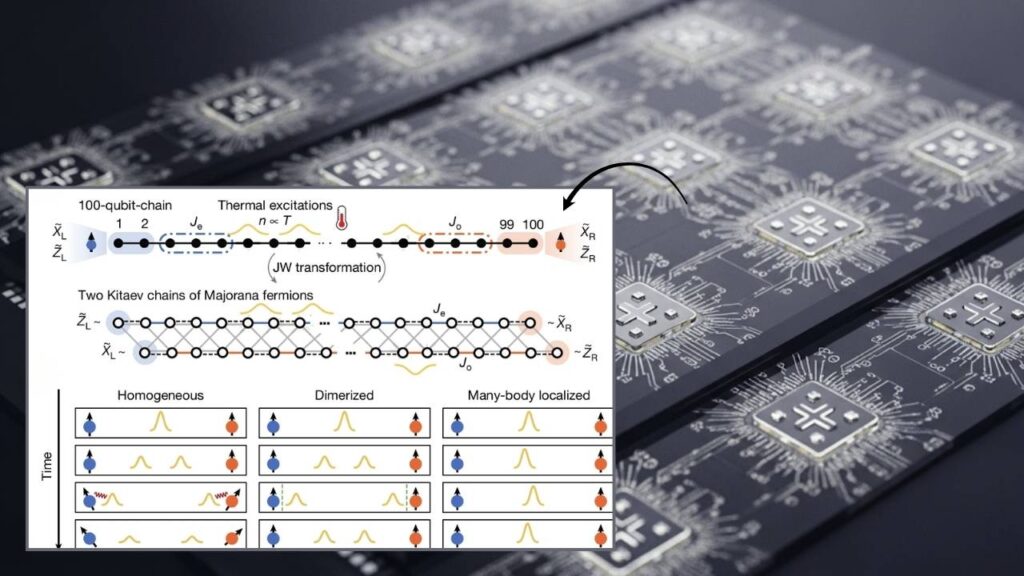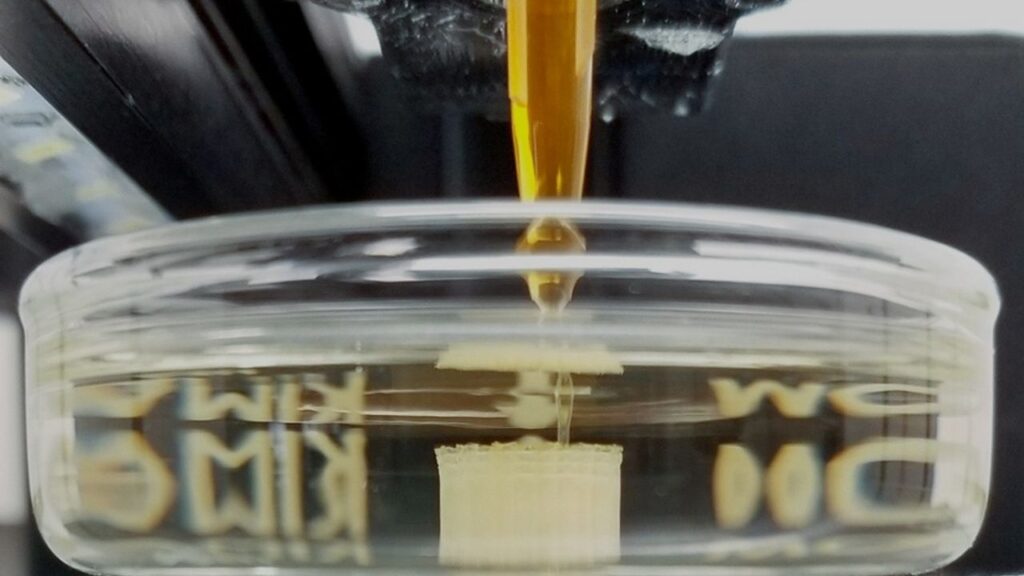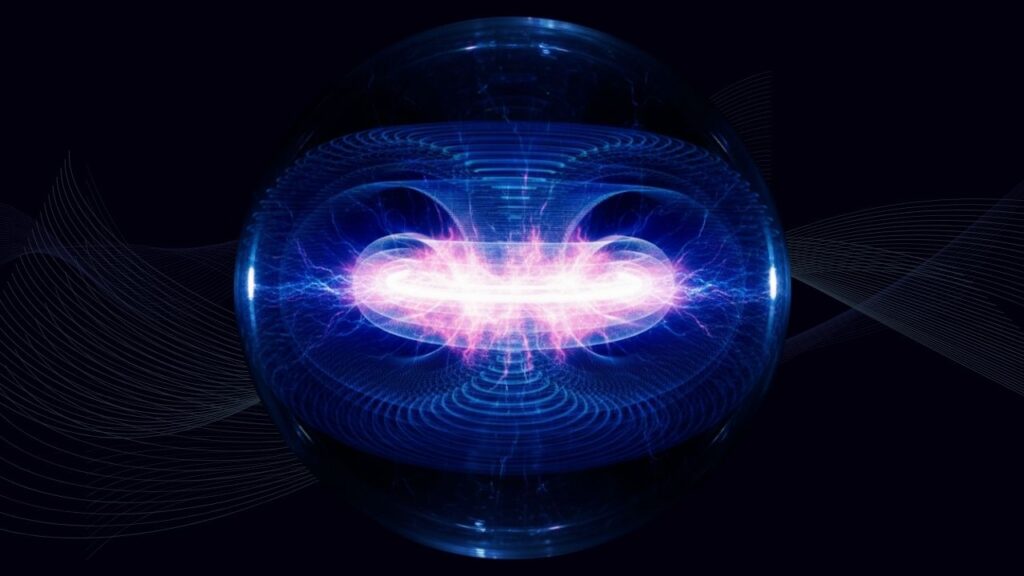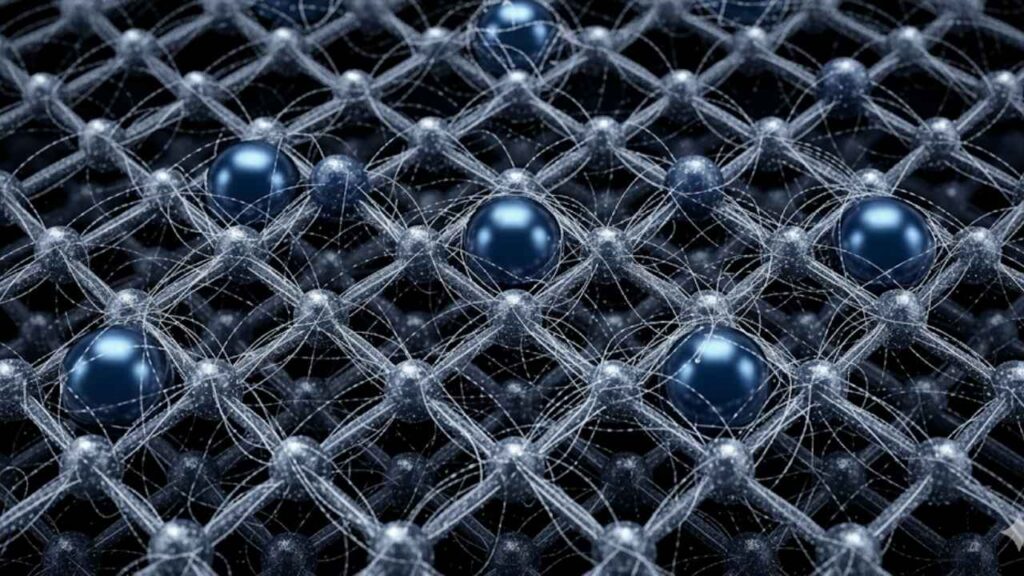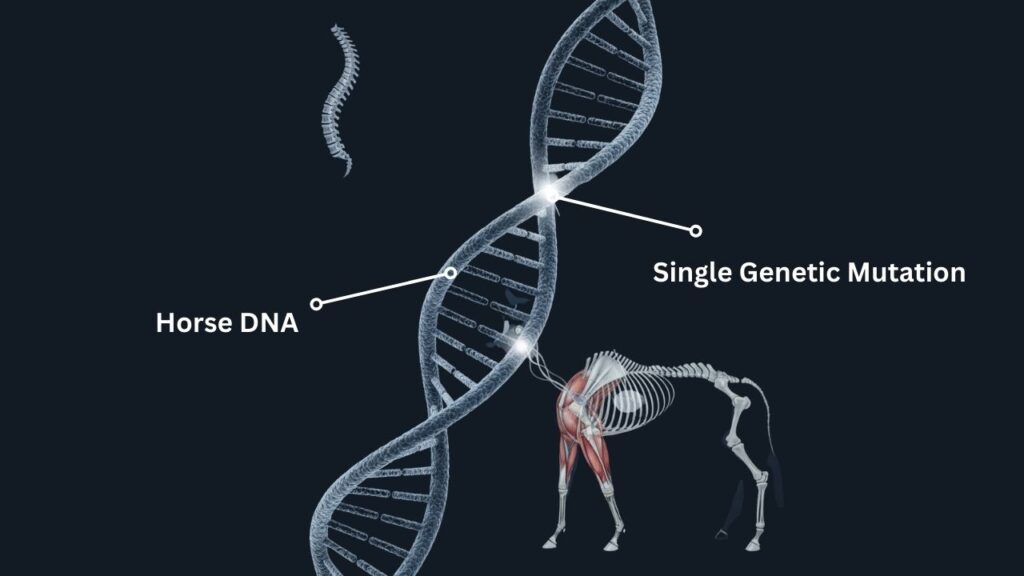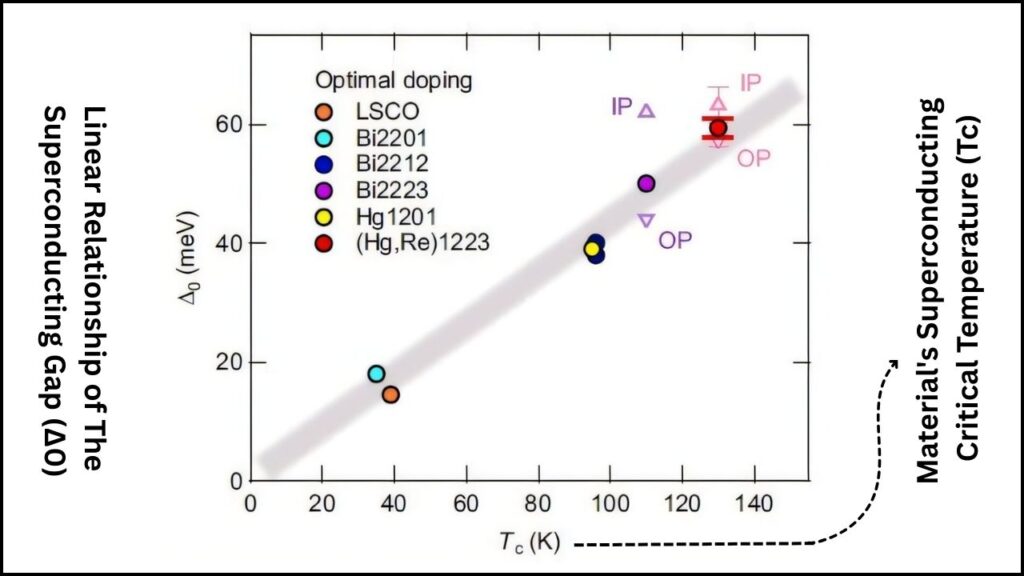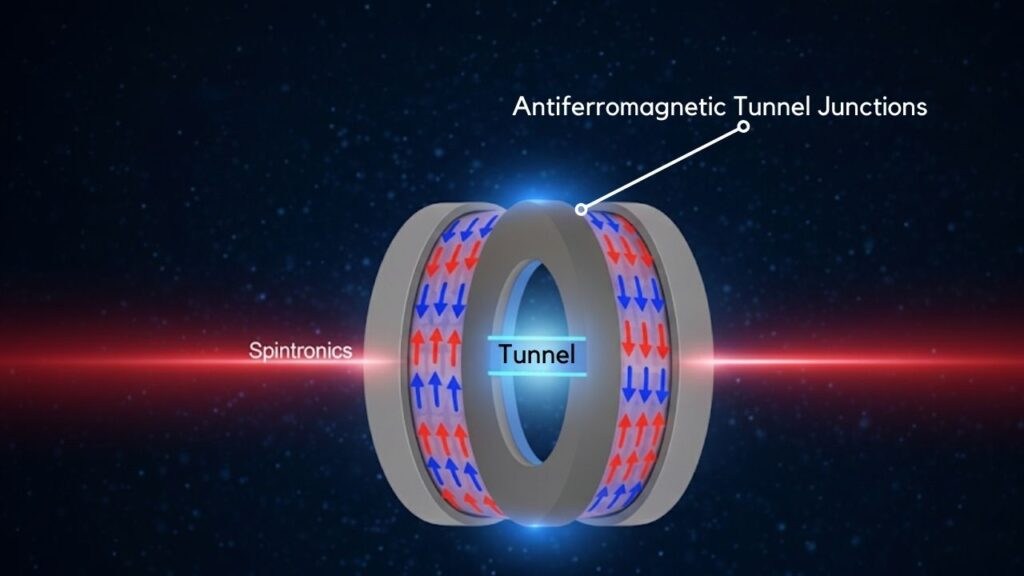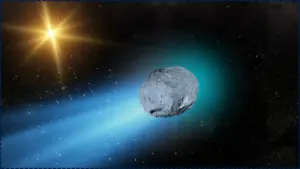Scientists have detected a new quantum echo in superconducting materials—a breakthrough that could revolutionize the future of energy, quantum computing, and scientific research. This discovery, led by teams at the U.S. Department of Energy’s Ames National Laboratory and Iowa State University, opens doors to understanding quantum behaviors that have, until now, remained hidden beneath the surface of superconductors.
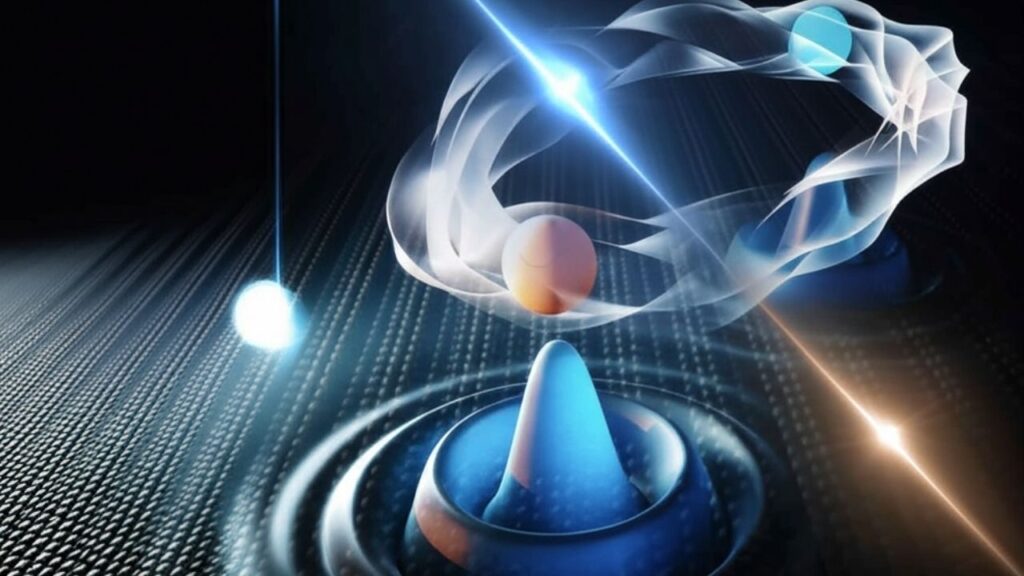
But what exactly is this “quantum echo,” and what are superconductors? How might this cutting-edge finding change our world, from the devices in our pockets to the supercomputers of tomorrow? Read on for clear explanations, real-world examples, and practical insights—whether you’re a curious student, tech enthusiast, or professional engineer.
Table of Contents
Scientists Have Detected a New Quantum Echo
| Key Point | Summary |
|---|---|
| Discovery | Novel “quantum echo” (Higgs echo) in niobium superconductors |
| Who | Scientists at Ames National Laboratory and Iowa State University |
| Why It Matters | Reveals hidden quantum behaviors essential for next-gen quantum computing and sensing |
| How Detected | Advanced terahertz (THz) spectroscopy with precise, timed electromagnetic pulses |
| Professional Impact | Insights could lead to robust quantum computers, sensors, advanced superconducting circuits |
| Official Resource | U.S. Department of Energy: Superconductivity |
The discovery of the quantum (Higgs) echo in superconductors marks a thrilling leap forward for both science and technology. It provides new tools to “listen in” on the deepest secrets of superconductors and may one day enable faster quantum computers, perfect sensors, and ultra-efficient energy systems. Whether you’re a student or a professional, understanding these breakthroughs prepares you for a quantum-driven future full of promise.
What Are Superconductors? Why Do They Matter?
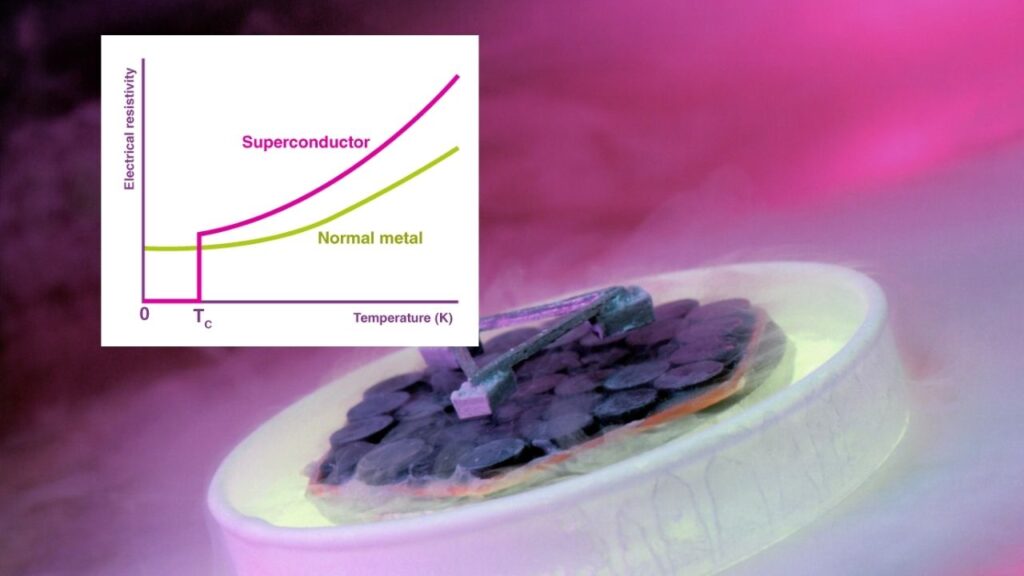
Superconductors are special materials that, when cooled below a certain temperature, allow electricity to flow with zero resistance—meaning no energy is lost as heat. Imagine a slide where marbles (electrons) can move without ever slowing down or getting stuck.
- Most everyday materials, like copper wires, have electrical resistance. This wastes energy, much like water leaking from a pipe.
- Superconductivity eliminates this waste at ultra-low temperatures, enabling perfect electrical flow.
Why should you care?
- Superconductors make MRI machines work, power high-speed maglev trains, and are at the heart of quantum computers.
- If we could use them at room temperature, we’d save enormous amounts of power worldwide.
What Is a ‘Quantum Echo’?
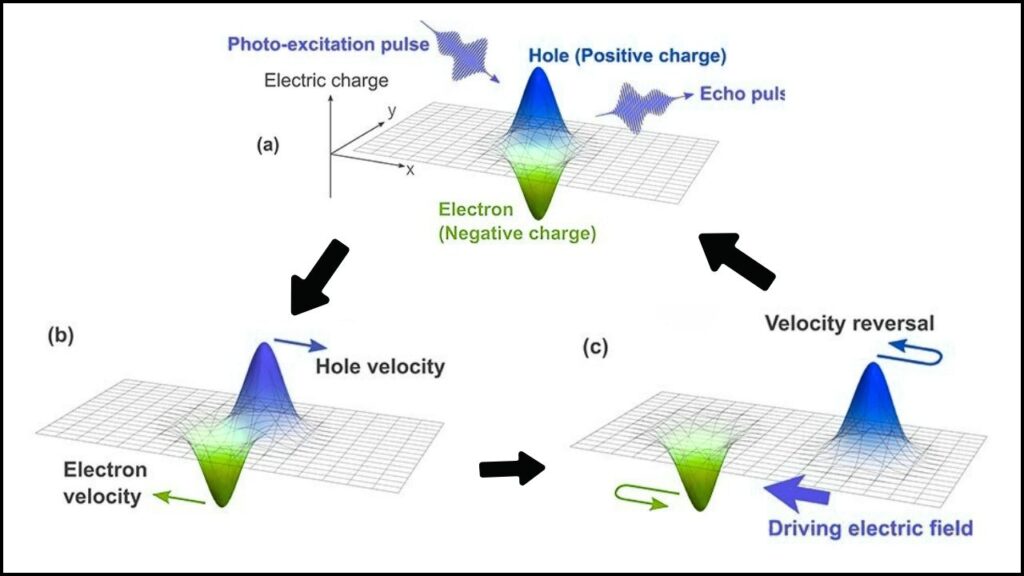
Let’s break down the keyword:
- A quantum echo is a phenomenon where a material, after being disturbed by a burst of energy (like a sound in a canyon), “echoes” back a signal not once, but in very subtle, delayed ways.
- In superconductors, this echo isn’t about sound, but about quantum particles and waves interacting and “bouncing back” in surprising forms.
The new discovery:
- The research teams found a special kind of quantum echo called the “Higgs echo,” named after the Higgs mode it involves.
- This Higgs echo is different from echoes in normal materials or previous quantum experiments.
Science, Simplified: How Does the Quantum Echo Work?
Let’s Tell a Story…
Imagine a dance floor filled with partners moving in perfect harmony. Suddenly, the DJ flashes a bright light (an energy pulse). For a moment, the dancers move differently, out of sync. Then, after another flash, some dancers magically snap back into step, but with a unique twist—they form a new, unexpected pattern, dancing in ways the DJ never imagined. That’s the quantum echo in action!
Now, let’s get more scientific:
- Higgs Modes: These are special vibrations in the superconductor, behaving similarly to the Higgs boson in particle physics.
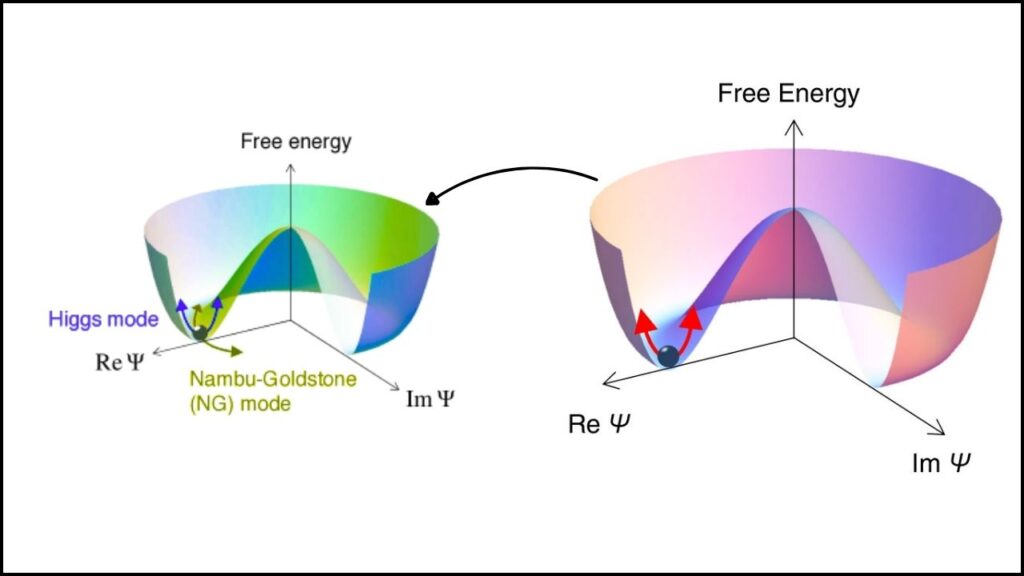
- Quasiparticles: Think of these as solo dancers—loose electrons—interacting with the crowd.
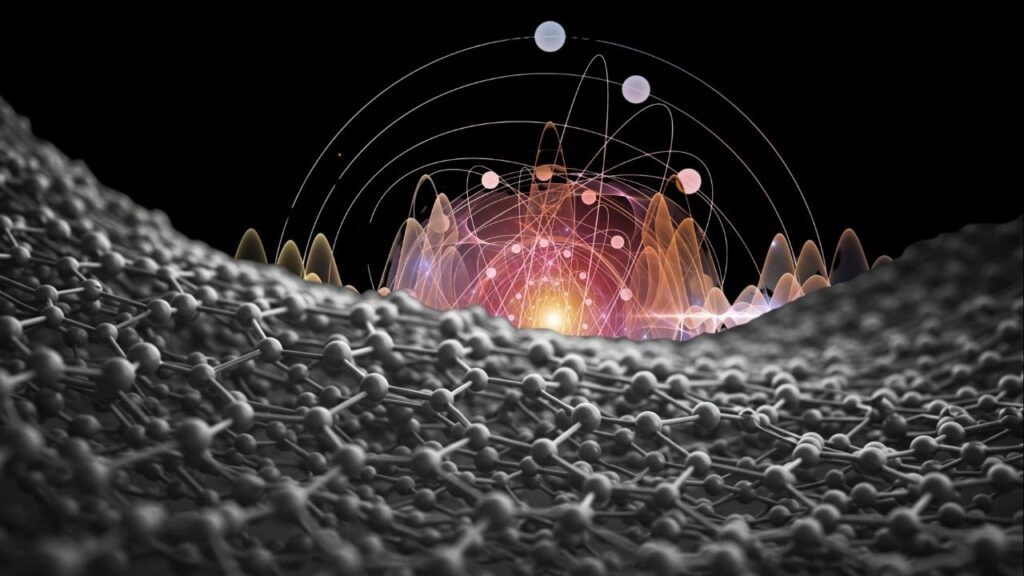
- Terahertz Pulses: Super-fast bursts of electromagnetic energy, used to “poke” and then “listen” to what happens inside the material.
When researchers used two carefully timed terahertz pulses (like two DJ flashes), the superconducting material (niobium) responded with a delayed, previously unseen echo—the Higgs echo.
What’s special?
- This echo revealed hidden interactions between Higgs modes and quasiparticles, never directly observed before.
- It acts as a probe into the “secret world” of superconductors, providing a type of quantum microscope.
Step-By-Step Guide: Understanding the Quantum Echo Discovery
1. What Materials Did Scientists Use?
- Niobium Superconductor: A metal commonly used in quantum circuits because of its reliable superconducting abilities.
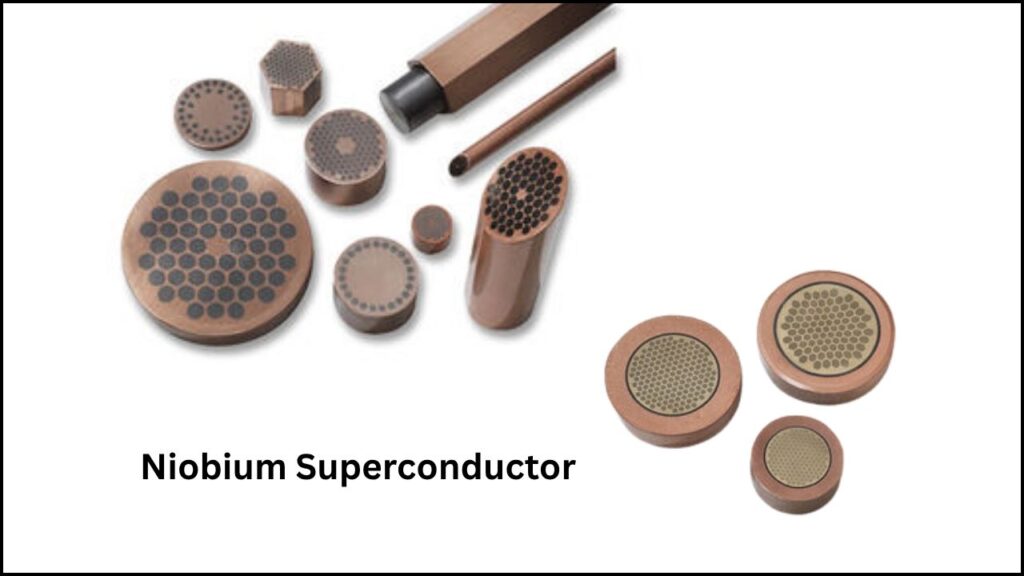
2. How Did They Discover the Echo?
- Utilized advanced terahertz (THz) spectroscopy, a technique for probing materials with ultra-short electromagnetic pulses.
- By firing two pulses in rapid succession, researchers created conditions ideal for observing quantum echoes.
3. How Is a Quantum Echo Different From Ordinary Echoes?
| Traditional Echo | Quantum (Higgs) Echo |
|---|---|
| Sound bounces back in a canyon | Quantum wave “bounces back” within the material |
| Easy to hear or see | Detected only with sensitive laboratory equipment |
| Involves ordinary energy | Involves quantum particles and collective modes |
Unlike echoes in ordinary materials or existing quantum systems, the Higgs echo arises from a complex interference between Higgs modes (collective oscillations of the “superconducting dance”) and quasiparticles (the “soloists”).
4. What Did They Learn?
- The “echoes” arrive later than expected, indicating new quantum pathways for energy and information inside superconductors.
- The signals showed features never seen in classic or quantum echoes—suggesting scientists are seeing physics beyond textbook theories.
Why Does This Matter? Real-World Applications
Quantum Computing Breakthroughs
- Quantum computers need stable, coherent quantum bits (qubits) to function.
- The quantum echo gives scientists an “ultra-sensitive measuring stick” to monitor and control how superconducting qubits behave.
- This could lead to:
- Faster, more powerful quantum processors
- Error-resistant qubits—solving one of quantum computing’s biggest challenges
Super-Powered Sensors
- Quantum sensing could become far more precise, using Higgs echo insights to detect tiny changes in magnetic fields, temperature, or pressure—a boon for healthcare, national security, and scientific research.
Energy and Transportation
- With deeper understanding of superconductivity, we move closer to:
- Room-temperature superconductors—power lines with no energy loss.
- Better maglev trains
- Advanced electronics and MRI technology
Professional Opportunities
For researchers, engineers, and tech professionals, this marks a new frontier for:
- Designing robust quantum circuits
- Developing high-fidelity quantum sensors
- Leading the next wave of superconducting technology innovation
Randomness Unlocked as the Secret Fuel Behind Quantum Computing Power
Quantum Networking May Be the Missing Link to Unlocking Scalable Quantum Computing
PsiQuantum Study Reveals Roadmap For Loss-Tolerant Photonic Quantum Computing
FAQs About Scientists Have Detected a New Quantum Echo
1. What is a quantum echo, in simple terms?
A quantum echo is like a very quiet “bounce back” that happens inside a material, but on a quantum scale. It’s triggered when scientists “poke” the material with energy and then observe its quantum response later.
2. What are superconductors used for?
Superconductors are used in:
- MRI scanners
- High-speed trains (maglev)
- Particle accelerators
- Quantum computers
They allow electricity to flow with zero loss, making high-efficiency devices possible.
3. What is the Higgs echo, specifically?
The Higgs echo is a new kind of quantum echo found in superconductors. Unlike ordinary echoes, it comes from special quantum vibrations (Higgs modes) interacting with electron-like particles (quasiparticles). This creates unique, delayed signals scientists use to study hidden quantum activity.
4. How was the Higgs echo discovered?
Using advanced terahertz spectroscopy, scientists sent two precisely timed pulses into a niobium superconductor and detected unexpected, delayed signals—the Higgs echoes.
5. Could this lead to better quantum computers?
Yes! Understanding the quantum echo can help scientists build more stable, error-proof quantum machines, essential for breakthroughs in quantum computing and sensing.
